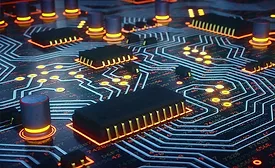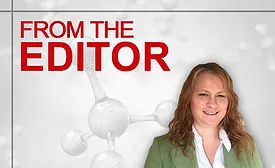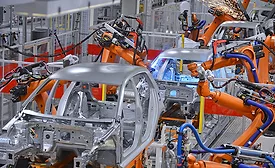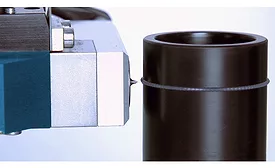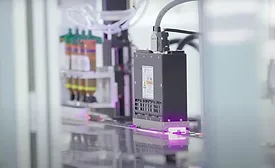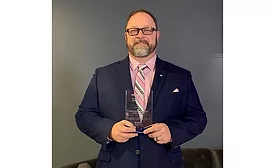Home » sealants in assembly
Articles Tagged with ''sealants in assembly''
Ask Dr. Dave
We use RTV silicones in our assembly operations, and our workers keep complaining about the strong vinegar smell. Somebody told me that we might be able to get low-odor, low-volatile silicones. What issues should we be aware of?
Read More
IPC Reports Rising Material and Labor Costs Continue to Impact Electronics Manufacturing Supply Chain
Nine in 10 electronics manufacturers reported rising materials costs, and more than three-fourths reporting rising labor costs.
January 5, 2022
Study Finds Semiconductor Supply Chain Will Remain Vulnerable Without Robust Federal Investment in Advanced Packaging
Increasing silicon production without bolstering domestic advanced packaging capabilities is likely to lengthen the semiconductor supply chain because chips will still have to be sent abroad for packaging and assembly into finished products.
December 9, 2021
From the Editor
Knowledge and Networking at Adhesive Industry Events
Two in-person events this month will provide attendees with various opportunities to expand their knowledge and interact with peers.
October 22, 2021
ASSEMBLY in Action
Myriad adhesives and related technologies will be showcased at The ASSEMBLY Show.
October 21, 2021
Common Dispensing Challenges and Solutions for Adhesives and Other Materials
Nearly 900 plant engineering and management personnel from diverse industries within the U.S. weigh in on specific challenges they face relating to their dispensing methods.
May 25, 2021
Modernizing Assembly Lines with UV LED Curing
Adhesive bonding, sealing, and coating processes in factory assembly lines are rapidly upgrading to UV LED curing technology.
May 12, 2021
PPG Honored by Bosma Enterprises with Employment Innovation Award
The award is presented to an outstanding person or organization that has shown exemplary leadership in creating employment opportunities for individuals who are visually impaired.
March 24, 2021
Axiom Space Raises $130 Million in Series B Funding
The new financing will accelerate the growth of Axiom's workforce and construction of its privately developed space station.
March 3, 2021
New Defense Electronics Group Invites Industry Participation
The U.S. Partnership for Assured Electronics was established in 2020 with a mission to ensure the U.S. government has access to resilient and trusted electronics supply chains.
March 2, 2021
Keep the info flowing with our newsletters!
Get the latest industry updates tailored your way.
JOIN TODAY!Copyright ©2025. All Rights Reserved BNP Media.
Design, CMS, Hosting & Web Development :: ePublishing



